- FR
- EN
You are here
«Changing the colour of starlight», Pr François Reynaud and his group published in PRL !
Submitted on Thursday 15 December 17:36
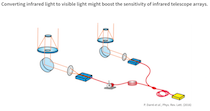
A large part of information about the distant universe comes to us in the form of infrared radiation. This is because many bodies in outer space are covered by clouds which are opaque to light in the visible part of the spectrum. Apart from this, it is only in the infrared that any light can reach us over very large distances, as light of higher frequencies is scattered more that light in the infrared.
The trouble with seeing in the infrared, however, is that images in the infrared, even in telescopes with very large lenses or mirrors, cannot bring out the details of the objects being seen. This is because the longer wavelength of infrared light does not allow grain size of the images formed to be fine enough for clarity. The solution is hence to form images not with the help of large lenses or mirrors, but by mimicking a very large light collecting area with separate telescopes placed hundreds of metres apart. The different signals, however, then need to be brought together and analysed, a process that presents many challenges, compared to dealing with visible light.
The ALOHA project, promoted by the XLIM team, is a breakthrough proposal that seams to be the only way to overcome the very stringent limitation of current thermal infrared imaging facilities.
In this framework,Pr François Reynaud and his group with the Mount Wilson Observatory - California, report in the journal, Physical Review Letters, an effective method of converting the infrared light into light in the visible spectrum, without loss of essential features, which enables more efficient retrieval of information.
For further information : francois.reynaud@unilim.fr
the article : « First On-Sky Fringes with an Up-Conversion Interferometer Tested on a Telescope Array » - P. Darré, R. Baudoin, J.-T. Gomes, N. J. Scott, L. Delage, L. Grossard, J. Sturmann, C. Farrington, F. Reynaud, and T. A. Ten Brummelaar, Phys. Rev. Lett. 117, 233902 – Published 29 November 2016




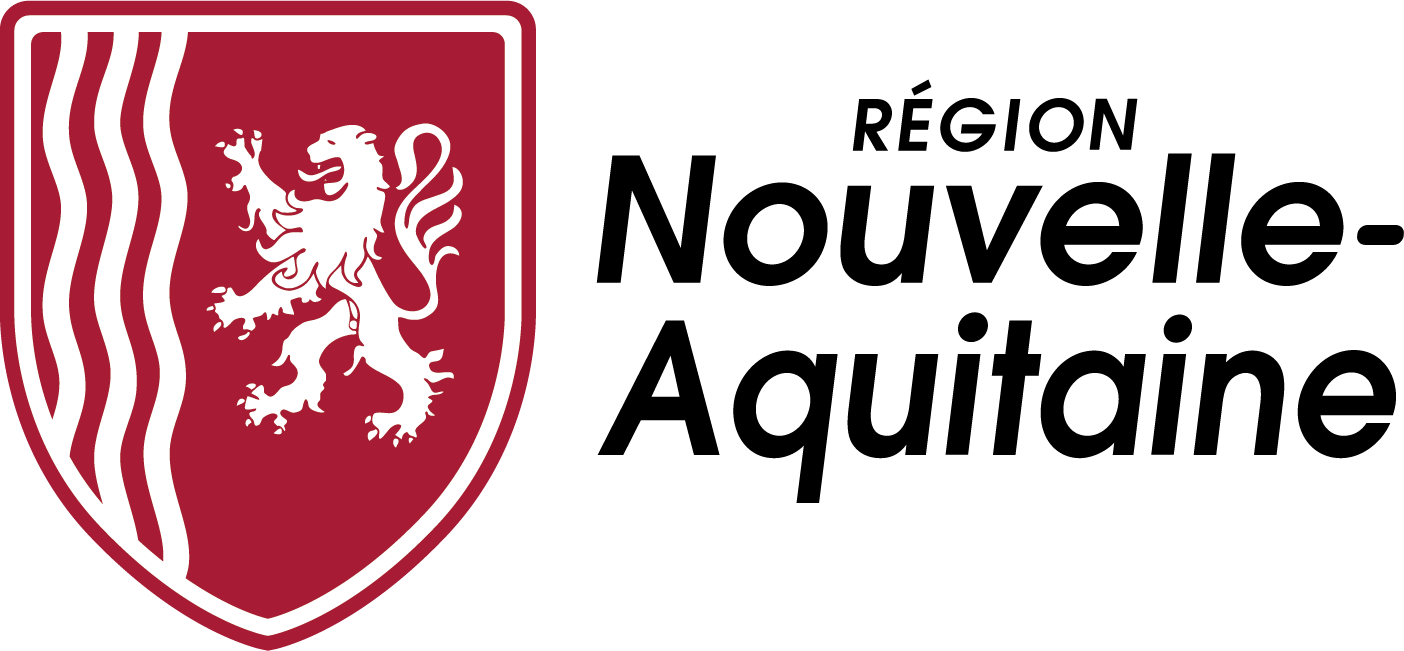
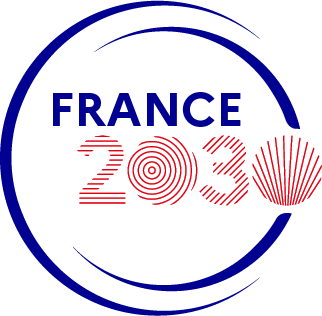

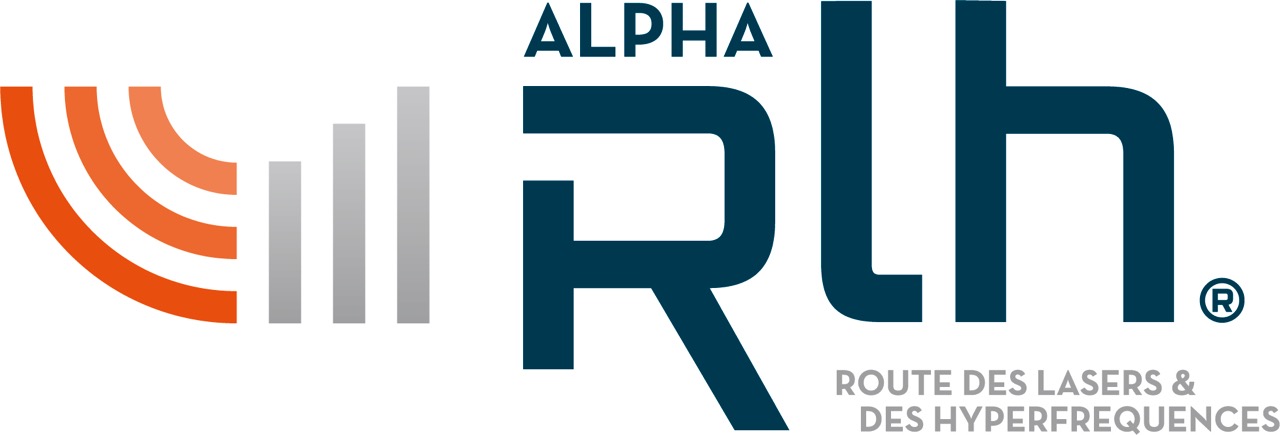

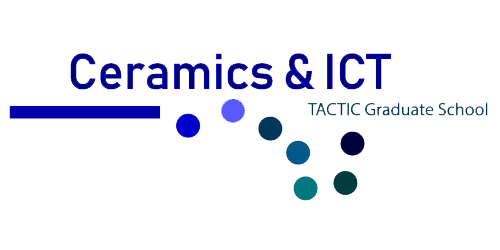
 UMR CNRS n°7252
UMR CNRS n°7252